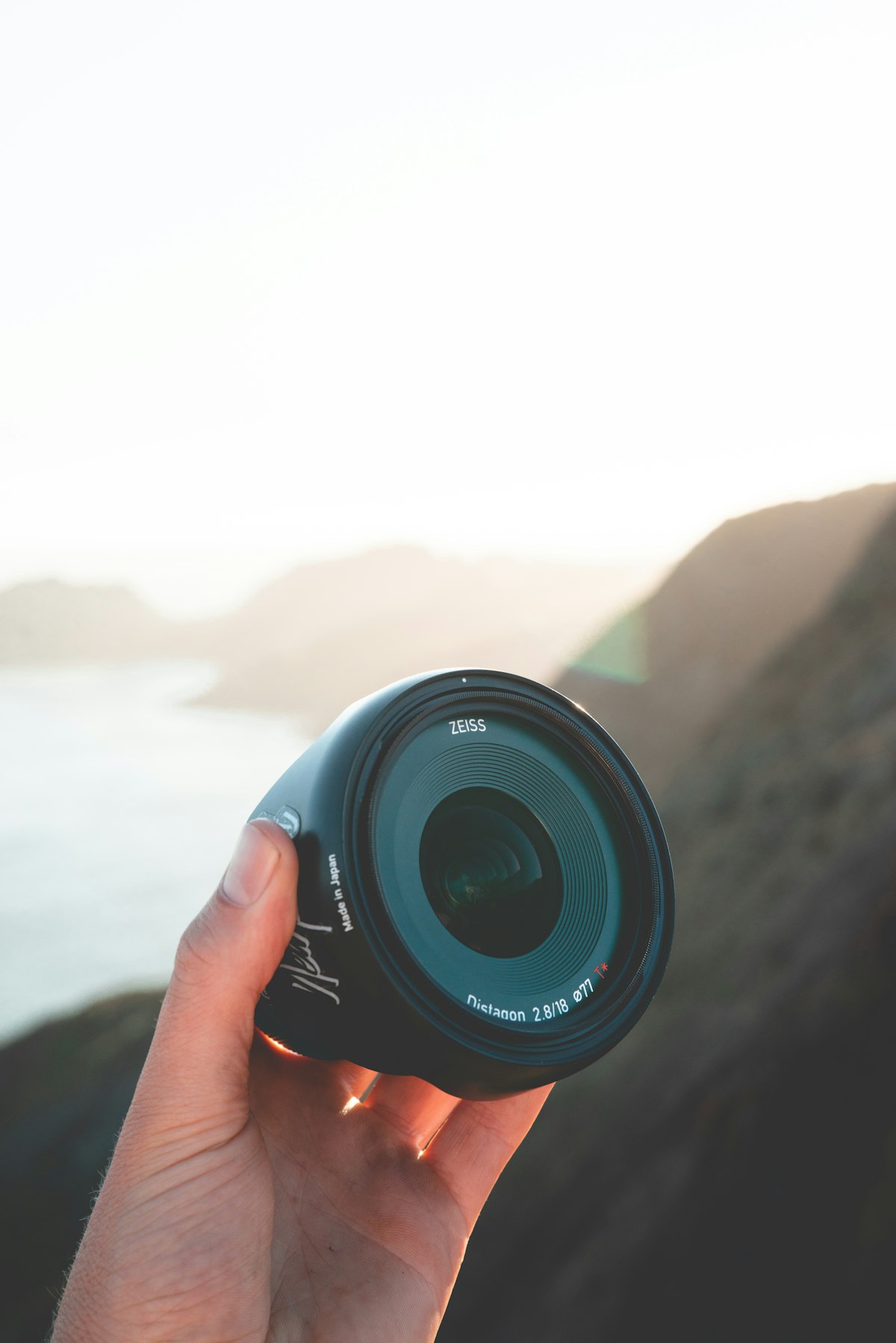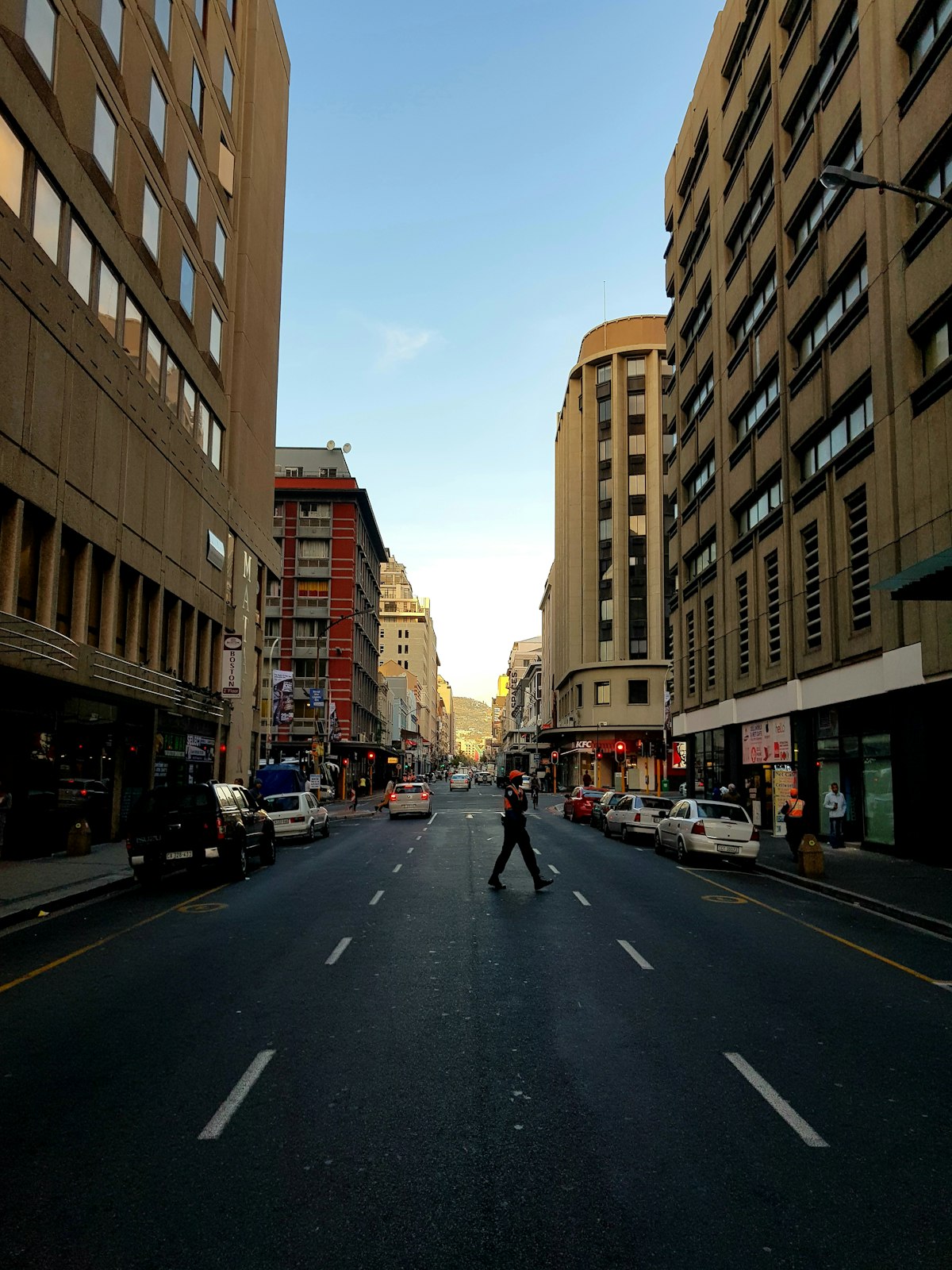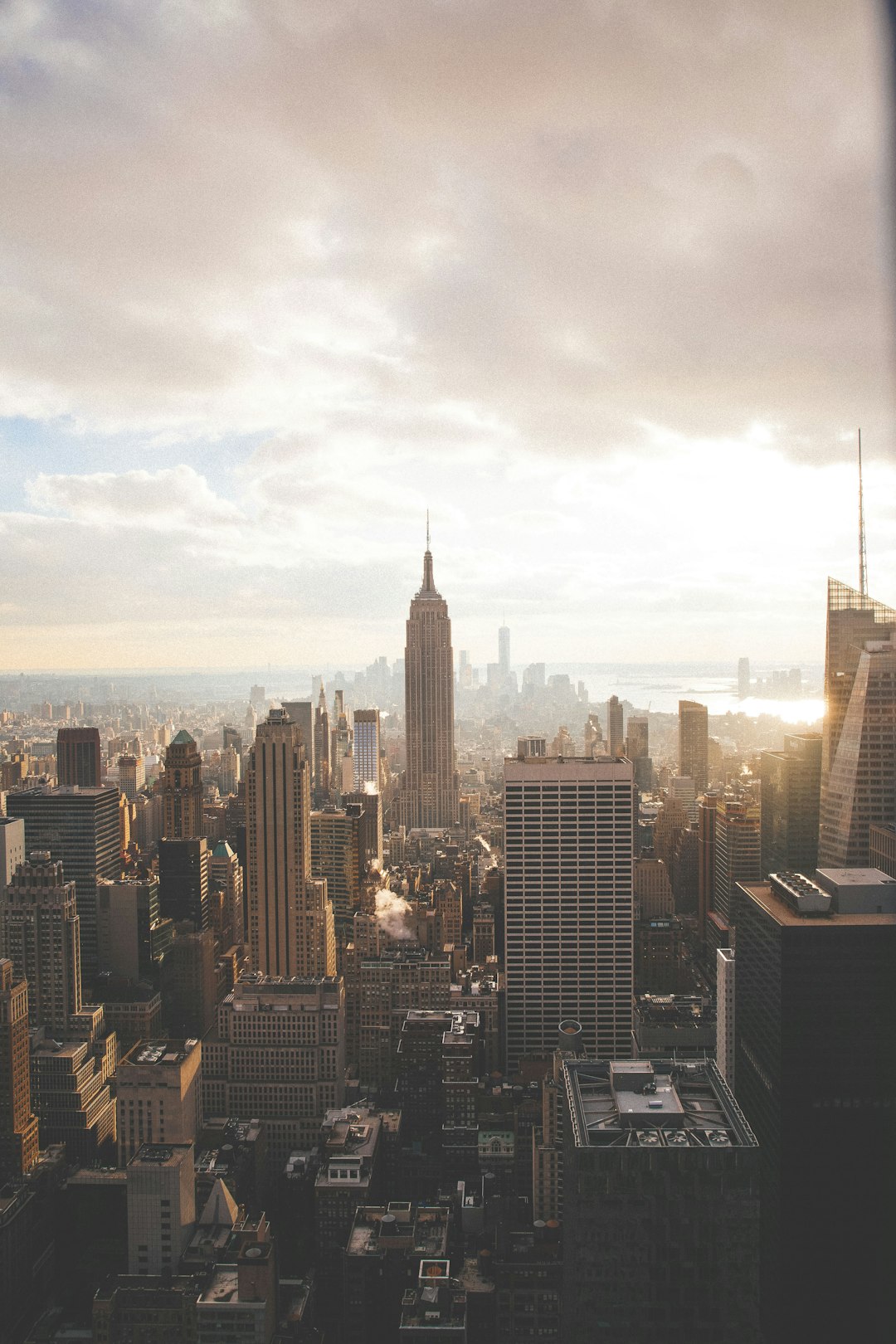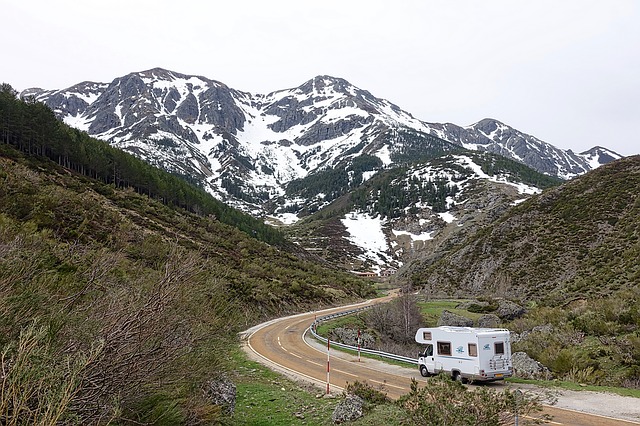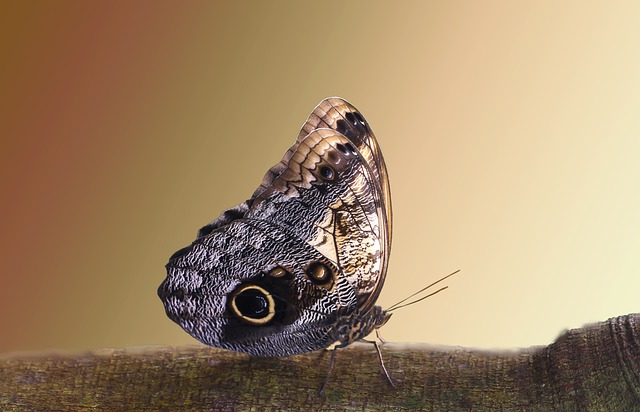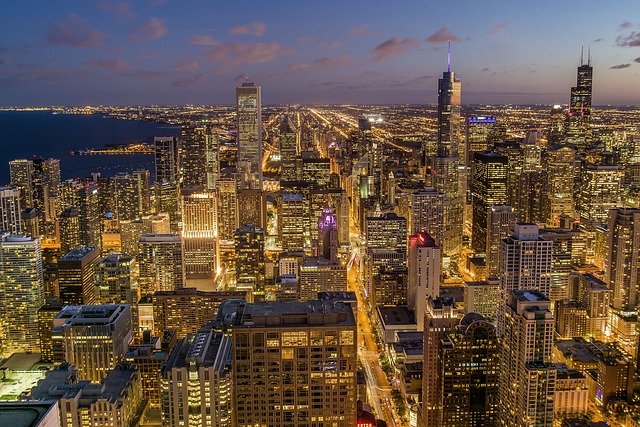
There are many tips and tricks to help even first-time photographers produce eye-catching and beautiful photographs with a minimum of effort. This is a helpful collection to assist the novice, who is eager to take it to the next level.
Skies that are overcast should be avoided in photographs. Capturing an excess of gray sky in your image can cause your pictures to look washed-out and muted. If the sky is overcast, perhaps you should shoot the photograph in black and white. If the day is not overcast, you can show as much of the sky as you want to, but make sure you are attentive to the lighting.
Using digital software, photos can be altered to look like watercolors, pencil sketches and much more. While there are several imaging software available, Adobe Photoshop is by far the most popular one to use. Taking your photos and making them a piece of art, is as easy as clicking a button or two in these programs.
Another handy photography tip involves the camera’s shutter. Shutter speed settings are an important feature of your camera. There are different settings on a camera. These include M, A, P and S. The “P” setting means program mode. The program mode allows you to set up the shutter speed and the aperture automatically. If you don’t know what you are going to take pictures of, shoot using the P setting.
Try to avoid including an overcast sky in your shots. Leaving too much of the gray sky in your photograph might make the whole shot look too muted and lacking in contrast. If the sky is overcast, perhaps you should shoot the photograph in black and white. If the sky is blue and beautiful, include it as much as you want, but pay attention to the light.
If you are traveling with your photography equipment, make sure it is stored properly. Take extra batteries, cleaning accessories and different lenses. Do not take more than what you need and think about what will be convenient to transport with you on your trip.
If your goal is to take great pictures, don’t skimp on your gear. DSLR cameras will generally give you the highest quality photographs. This is what most photographers are using, and if you want quality photos like them, this is what you need as well.
Make sure your batteries are always charged so that you never miss an incredible shot. Digital cameras can use a lot of power, especially when using the LCD screen, so make sure your batteries are fully charged before needing to use the camera. Another option is to keep a few fresh batteries in your camera’s carrying case so you never miss anything.
Serious photographers have dSRL cameras. The relatively new camera utilizes a single lens, yet allows you to preview the images right away. It’s best to have a full-frame digital single-lens reflex (DSLR) camera because these have the largest image sensor, and deliver photos with the greatest amount of detail.
Make sure your subject feels comfortable. This goes double if the subject is a stranger. Someone taking pictures can easily appear to pose a potential threat. Make sure to be congenial, talk to them and ask if it is okay to take the pictures. Help them understand that this is art, and not just a method of invading their privacy.
All parts of the landscape will be visible in your picture, so be sure to pay attention to what will be at the front of the image. Compose the frame in such a way as to make the foreground as important to the image as the background is to create a truly striking photo.
Reverting to using a film camera can allow you to take photos that give a retro impression. If this is what you want, you may find a good film camera at a garage sale or thrift store. For an even more dramatic effect, ISO rated 200 black and white film offers a great nostalgic quality. By getting your single prints on multiple types of paper, you can view the differences and decide which you prefer.
Play around with different color schemes, camera angles and photography features. It is possible to take very interesting, high-quality photographs without focusing on traditional subject matter. Taking good photographs is about turning an ordinary object into something interesting, thanks to the photographers artistic talent and skill. Experiment as much as you can, and find your own style.
Be more creative using limitation. For instance, tell yourself that you will only take pictures that revolve around a particular concept. One thing you can try is to take 100 pictures of something that’s in a room or from the same view point. These limitations can force you to think outside the box and create more unusual photos.
Consider taking photographs of the souvenirs bought on your trip. Consider photographing the store that sold you the item, or just take a photo of the item against a unique background. These pictures can be placed in an album to create the story of your trip, with memories to treasure in future years.
Whether looking at a natural scene or one you have set up, including repetitious patterns will give a rhythm to the photo and add interest. Patterns, in particular ones that repeat, can be very interesting things to see in a picture. They also make visually interesting backgrounds for other subjects.
Get close to the subject of your photograph. Your picture will not be very interesting if your main subject cannot be seen clearly. By getting close, you afford your viewers a clear, detailed view of your subject.
It is important that you understand the ISO function of your camera and what it can do to your photo. The higher the ISO is set to, the more that is seen and this will affect the grain that is printed onto your photo. Image noise is hardly ever acceptable and may leave your image looking artificial if you attempt to fix it in post processing.
You should find a good combination of ISO, shutter speed, and aperture. These three features determine the exposure of your picture. Unless you are seeking a certain mood, try not to take under- or over-exposed photos. Experimentation with these features and how they work together will lead you to the perfect combination.
Nearly any subject can look more interesting if you adjust your camera settings, shoot from an alternate angle or use different lighting. Experiment with all of these things before going out to take your pictures.
Fluorescent lighting requires a lower white balance for indoor photos. Different lighting needs to compensated for. If your fluorescent lights give off a blue tone, you may need to adjust for that to fix any unintended consequences.
Red eye is so ubiquitous that a lot of people accept it, but it’s still a blemish that can spoil an otherwise-perfect photo. You can prevent red eye by avoiding flash whenever possible. If you do need to use flash, have the subject not look directly into the lens. You may also find a red eye reduction program built into the camera’s software.
Learn a valuable art in composition by learning that less is more when it comes to your photos. Avoid cluttering the composition of your shots with unnecessary elements. Beauty often comes from simple constructions.
Play with your camera’s settings to make your photographs more appealing. If you want a depth of field that is shallow, your camera can help. It will blur the background and the subject will stand out.
Whenever you travel some place new, you should have a general ideas of what you like to shoot. For a quick insight into local areas that may be rich with potential photo subjects, give the nearest rack of postcards a spin. Usually the photos on these cards clue you in on popular and photo worthy local attractions and areas of interest, any of which usually make excellent subjects for your own. So, make an effort to visit these areas and attractions.
Before you begin shooting, you should decide on a concept for your photos. Focusing on a specific subject matter can help you narrow down your photography options. Photography is art, and the skillful execution of a well crafted plan will show. This approach can help you become inspired so that you can achieve better results.
As you prepare to photograph different landscapes, you should remember that your pictures should use three important elements. Working backwards these are background, mid ground and, of course, the foreground. Most art uses these three factors when producing any quality work. Photography is no different.
Fast-moving subjects require you to set your settings well. If improperly set, your camera will take a blurry picture. Increase your ISO to do this. This technique will produce a clear image, even when the subject is in rapid motion.
Take your photographs using a white balance. This gives you a much greater degree of control over the appearance and mood of your photographs, and can often produce stunning results. It will take some time to learn how to adjust the white balance for the proper look; however, in the end, it will allow you to add a little creative flair to your pictures.
Learn how to best use your camera’s flash. Your flash shouldn’t be on all the time. There are some situations where adding more light than necessary will ruin a picture. Conversely, remember to turn it on for low-light shots.
Experiment with the focus of your camera to see how it affects your photographs. Using a smaller depth of field (f-stop) value will emphasize the subject and de-emphasize the background. This is especially good for portraits. The larger your f-stop is it will give you more depth, and this simply means that your whole photograph will be clear and focused. Larger f-stop numbers are ideal for landscape photography.
A good protective case is essential to prevent any damages to your equipment. Often times, damaged cameras and equipment is the direct result of not having adequate protection. You can find the proper cases at most electronic stores or camera specialty shops.
Practice Shots
Pay attention to the white balance feature of your camera. The color of light in your photos will affect their outcome. Each type of light casts a specific color according to its temperature. For example, fluorescent light can cast a bluish tinge on photos while incandescent light can make a photo appear yellow. In order for the color in your photos to appear natural, you must use the proper white balance setting.
Try practicing when adjusting to new backdrops or subjects. There are many small differences from one photo shoot to another. When you take lots of practice shots, you prepare yourself for any eventuality. Even once you have begun taking your real photos, feel free to break for some more practice shots if the lighting conditions change.
Low light makes for tricky photography conditions due to the increased blurriness it causes. A steady hand is crucial to getting a good low light shot. Resting your hands on something can steady them. In most cases, you would want to consider trying a tripod.
Try to create a type of silhouette. It is most common to use the sunset when creating a silhouette, though there are many other methods to try. If the difference in lighting between the subject and background is significant, with the background being brighter, it will create a silhouette. Having a beautiful silhouette can be as simple as positioning the flash away from the camera, behind the subject you are photographing. A bright light outside a window can also produce similar results. Keep in mind, however, that silhouettes could also reveal a facial or body outline that is less than flattering.
You must know how far your flash can reach, especially in the dark. Your photo may appear dark if you are not aware of the range before taking the photo. Do some experimenting with your flash before taking pictures at night.
Taking photographs that are beautiful and interesting requires some technical knowledge, artistic ability and experimentation. This article was made specifically for you and others like you who want to improve their photography skills and take excellent photos.
The percentage of high-quality “keeper” shots may be low, in the realm of 5%, but you should keep every picture you take, even the sub-par ones. Create a scrapbook of all your work to notice improvements in your photography.
Lots of folks want to understand the subject of Gopro Accessories,cervical support pillow
nurse home waterproof mattress protector
DAHUA starlight Network Camera
bed bug mattress cover queen but don’t know where to begin. This article can help jump start your learning experience. Take this information, and start using it right away.






